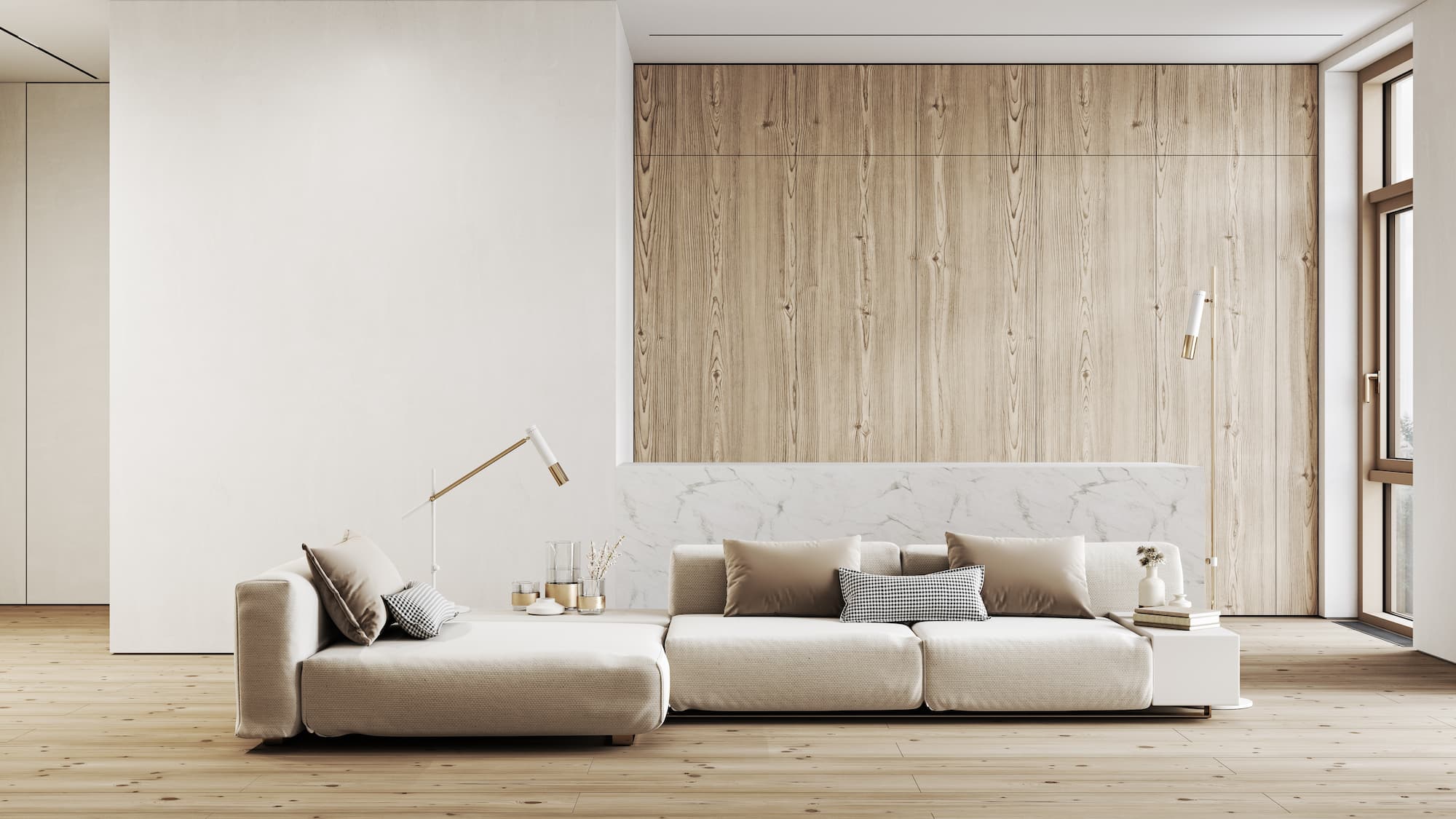Partner with an expert Architecture Firm for residential and commercial projects.
Partner with an expert Architecture Firm for residential and commercial projects.
Blog Article
Transform Your Home With Crucial Principles of Inside Layout and Appearances
By understanding the impact of shade concept and the value of appearance and patterns, one can produce spaces that are not just visually appealing but also deeply individual. Accomplishing this equilibrium entails more than plain decoration; it incorporates a calculated arrangement and an eager understanding of exactly how each element communicates within a space.
Recognizing Color Theory
Understanding the concepts of shade theory allows developers to create areas that reverberate emotionally with passengers while meeting practical demands. Each group plays an important role in developing harmony within an area.
The psychological effect of shades is profound; cozy hues such as reds and oranges evoke energy and heat, while cool tones like blues and eco-friendlies advertise peace and tranquility. Additionally, the usage of corresponding colors enhances visual passion, developing striking contrasts that can elevate a room's appeal.
Neutral shades, on the various other hand, function as a versatile background, permitting various other layout components to beam. It is important to take into consideration elements such as illumination and the room's purpose when choosing a color scheme, as these can alter the understanding of shades throughout the day.
Inevitably, a well-considered color pattern can transform a space, promoting a sense of convenience and design that straightens with the occupants' preferences. Mastery of shade concept is, as a result, an important ability for any kind of interior developer aiming to develop unified and inviting environments.
Attaining Equilibrium in Style
Just how can developers attain a feeling of balance in their spaces? Achieving equilibrium in design is basic to developing unified interiors. Developers can make use of 3 main sorts of equilibrium: in proportion, asymmetrical, and radial. Balanced balance involves organizing elements equally around a central factor, fostering a sense of order and peace. This kind typically features sets of furniture or artwork, enhancing aesthetic stability.
Asymmetrical balance, on the other hand, depends on varying aspects that still attain a cohesive appearance. This approach enables for more dynamic and casual arrangements, supplying rate of interest while maintaining equilibrium. By carefully selecting varying sizes, shades, and textures, developers can develop a visually engaging room that feels well balanced yet energised.
Radial balance highlights a main focal point with aspects emitting exterior. This design is typically seen in round designs, where furnishings and decoration develop a cohesive surround that attracts the eye internal.
Eventually, attaining equilibrium needs thoughtful consideration of scale, percentage, and the partnerships in between elements. miami interior design. By skillfully applying these balance concepts, developers can change spaces into settings that really feel both cosmetically pleasing and functionally unified, improving the total experience for passengers
Value of Spatial Recognition

An eager sense of spatial understanding enables this article developers to recognize centerpieces within an area, guiding the audience's focus to key features while preserving a general sense of unity. It likewise helps in the critical placement of lighting, which can significantly influence the understanding of area and mood. Understanding spatial connections allows the developer to provide to the particular demands of citizens, ensuring that each area serves its intended function without jeopardizing looks.
Ultimately, spatial recognition is essential for taking full advantage of the capacity of any interior room. By thoroughly thinking about the interaction between dimensions, layout, and feature, developers can develop atmospheres dig this that not just satisfy functional demands but additionally stimulate a sense of convenience and charm, improving the overall living experience.
Including Texture and Patterns
Embracing a varied series of appearances and patterns can significantly enhance the visual and responsive appeal of an interior space. The calculated use of numerous materials-- such as timber, metal, textile, and stone-- produces depth and passion, making an area really feel extra welcoming and vibrant. Combining smooth surface areas with rough appearances can develop an equilibrium that attracts the eye and involves the detects.
When incorporating patterns, consider both scale and repeating. Large patterns can serve as prime focus, while smaller sized, subtle styles can complement other aspects without frustrating the room. Layering patterns, such as pairing floral paddings with striped throws, includes intricacy and a sense of consistency if carried out attentively.
It is also vital to keep a cohesive shade palette, ensuring that appearances and patterns collaborate instead than complete for attention. By selecting a few key textures and patterns, you can produce an unified aesthetic that mirrors your personal style while boosting the general ambiance of the my company space. Inevitably, the mindful incorporation of these elements can change an ordinary space into an innovative atmosphere abundant with personality and heat.
Personalizing Your Area
Developing a room that mirrors your individuality is vital to accomplishing a truly welcoming setting. Customization in indoor layout enables you to instill your distinct style and interests into your home, transforming it from a plain sanctuary right into a sanctuary that speaks with who you are. Begin by selecting a color palette that reverberates with your feelings-- bold tones can stimulate, while soft tones supply peace.
Incorporate artwork and decor that mirror your interests, whether it be traveling, nature, or abstract concepts. Showing personal collections, such as books, photographs, or keepsakes, can evoke treasured memories and produce centerpieces within a space. Additionally, think about personalizing functional items, like upholstered furnishings, to line up with your aesthetic choices.

Verdict
To conclude, the change of a home with the vital concepts of interior decoration and looks demands a comprehensive understanding of color concept, balance, spatial understanding, appearance, and customization. Each component adds significantly to developing a harmonious and useful living environment - Architecture Firm. By thoughtfully integrating these principles, people can improve the visual appeal and emotional vibration of their spaces, ultimately promoting a home that reflects one-of-a-kind identities while supplying convenience and practicality
Report this page